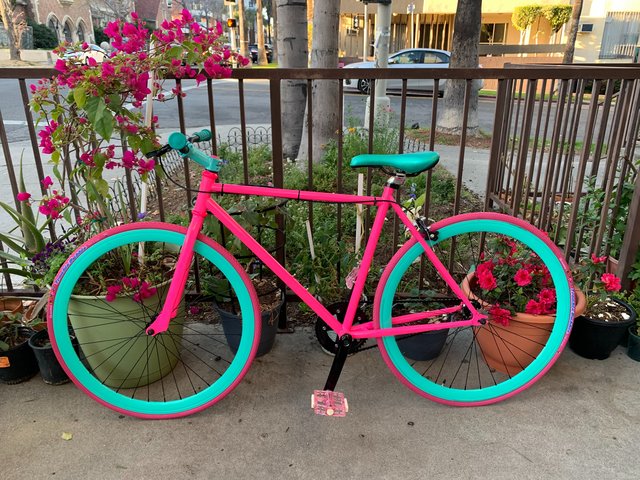Type as intersection of temperament and installation
In order to determine the socionic type of a person, it is necessary to assess his or her
temperament and installation. 4 temperaments X 4 installations = 16 types.
Taking into account that people change over time, it is also necessary to define the
variant of a particular person's type - one of four (DCNH system).
Both the installation and the temperament are fairly well expressed in these videos that
the respondent provided. Let’s start with installation.
Installation (activity orientation)
Logic is more than ethics
X is good at systematizing and making sense of complex information. She loves
and knows how to learn, she is given to sciences, she likes to conduct research and
establish reasons. She approaches everything from a logical point of view - she tries to
find regularities and draw reasonable conclusions.
Judging by her facial expressions, her smile is rather role-like, that is, consciously
presented. Emotion rarely grips her to the point of losing self-control. When stopped by
the police, she prefers to obey the law. She behaves stubbornly only when she is sure
she is right.
At the same time, X is not without emotion. She is curious, can be impressed, even
capable of tears. This is due to her subtype features, which will be discussed below.
Sensing is more than intuition
X's ability to take care of her appearance and health, to look neat if she goes out of
the house is in favor of sensing. X keeps the house clean and can cook. This
means that she learns well from experience, her knowledge must be proven by practice.
She received her pilot's license; she was even invited to become an instructor. The
ability to operate complex machinery is also much better in sensing types than in
intuitive ones.
X has a good memory for past events, remembering many details. The introverted
sensing function S is responsible for this. At the same time, she primarily remembers
the sequence of events, which implies that her sensing is under the control of her logic
L.
In addition, in the video X is collected, her gaze is clear and attentive, not
distracted. This is the kind of ability that nature gives to the sensory type, not the
intuitive type.
The logic with the sensing gives the technical-managerial installation.
Temperament
Introversion is more than extraversion
X prefers an autonomous lifestyle, which inevitably implies limited communication
and monotony when staying in one place for a long time. This suits introverts better.
Apparently, her inner world of thoughts and perceptions is much richer than her external
activity. Her mental energy goes more into mental concentration, for example, deep
reflection on what she has read, which is typical for introverts.
X worries and hesitates in front of the camera. She finds that she is much better at
written communication than she is at verbal communication. This is a common
definition for introverts. Why, then, does she find it difficult to keep her mouth shut?
Here again, her sub-typical features show up: X cannot be categorized as a full,
distant introvert, but falls into the category of more active contact introverts.
Rationality is more than irrationality
X's logic determines the sensing. Before he embodies (sensing), he will analyze
and isolate the main thing (logic). This is how the psyche of rationals is organized.
Irrationals act more spontaneously and according to the situation rather than
sequentially and step by step. Rationals are more effective if they prepare in advance
for an important event, rather than improvising or simply hoping for luck.
Rationals also have a more stable mood and, as a consequence, an even work
capacity. This applies to X as well. She has a goal of her own and is consistently
pursuing it. But excessive rationality has a downside. It makes a person more stubborn
and less flexible. Therefore, it is a good idea for X to pay attention to her pickiness:
if it is excessive, it will negatively affect her personal relationships.
This temperament is called balanced-stable.
Quadra
To sum up, X's deep values are competitiveness, persistence in achieving an
inspiring goal, conviction, the ability to stand up for one's values, the need for romantic
pursuits, being organized and yet a good sense of humor. These values are lived by the
types of the romantic-power quadra beta.
Subtype
What can we say about her subtype? - The most probable subtype in DCNH system is
the first one, i.e. dominant (D). Why?
This is evidenced by her contactness (daring to face danger, a tendency to express her
opinion and unwillingness to stand aside in controversial situations), as well as
orderliness in affairs and relationships, supplemented by the desire to bring things to an
end in the most important matters (terminality).
Contactness in combination with terminality gives a dominant subtype. That is why it is
so important for X not to have bosses over her. However, this craving for freedom
together with curiosity leads me to the conclusion that she has a combined subtype,
namely the dominant-creative one.
The conclusion
So, the type of respondent is a balanced-stable temperament in managerial installation -
LSI of dominant subtype (Inspector demanding).
Characteristic features of such a person: firmness, conviction, quick learning, confident
advancement, organizational skills, the ability to put things in order, stubbornness and
fastidiousness, but at the same time kindness towards the weaker.
I definitely lost that 1L know-it-all attitude growing up. And it got sorta replaced by 1F.



 Reply With Quote
Reply With Quote
 ...
...  seems to fit.
seems to fit.



 I got into an argument recently and -.- it was painfully obvious that instead of trying to foster discussion I was extremely irritated at 2 other people's (one a EIE typed by G) weak logic and all I was thinking about was the irritation that they just didn't get it and how I could bash them over the head with logic so they would.
I got into an argument recently and -.- it was painfully obvious that instead of trying to foster discussion I was extremely irritated at 2 other people's (one a EIE typed by G) weak logic and all I was thinking about was the irritation that they just didn't get it and how I could bash them over the head with logic so they would.